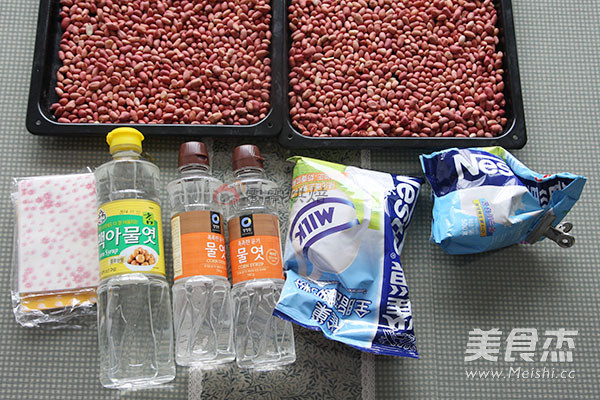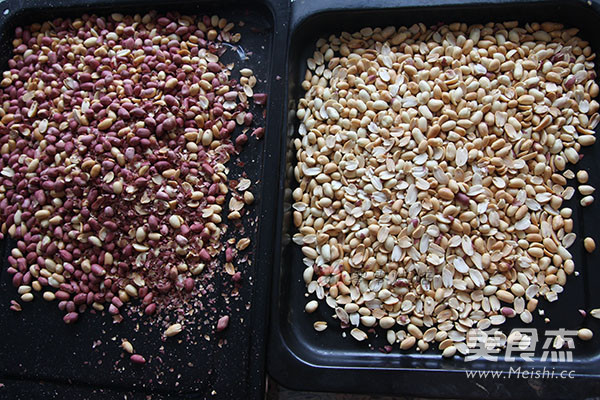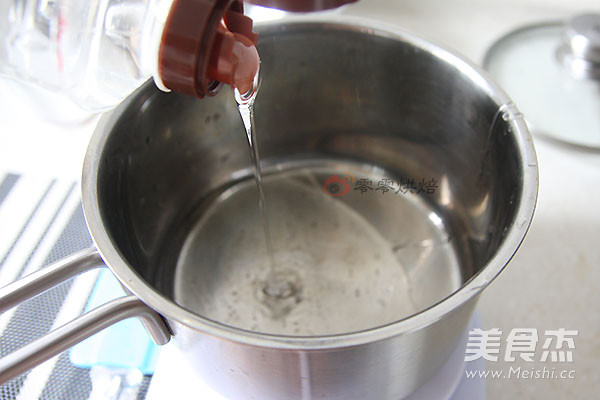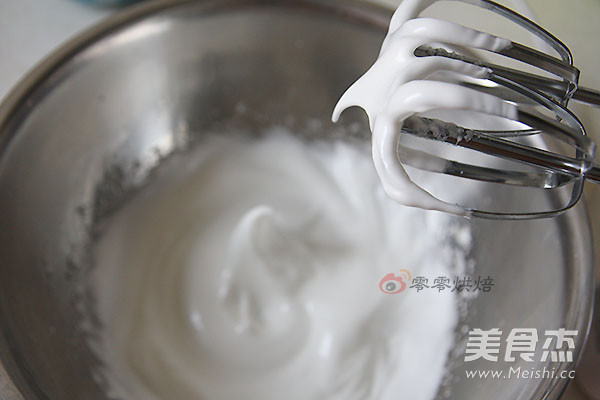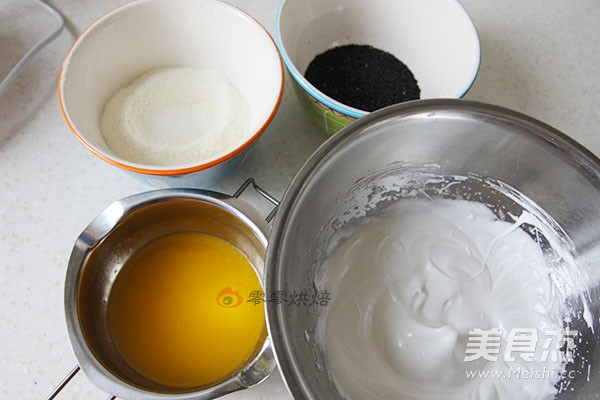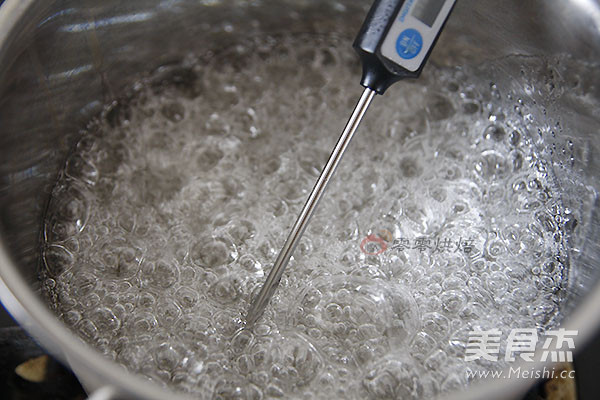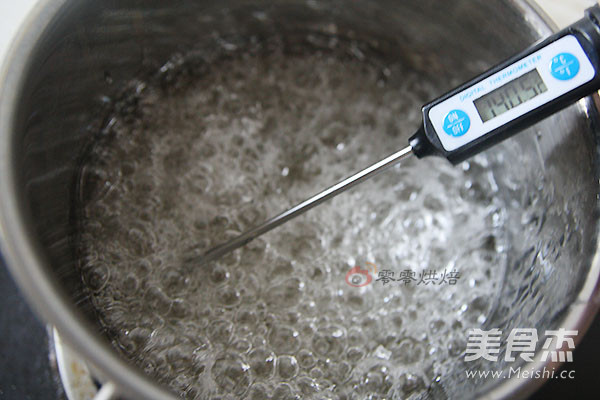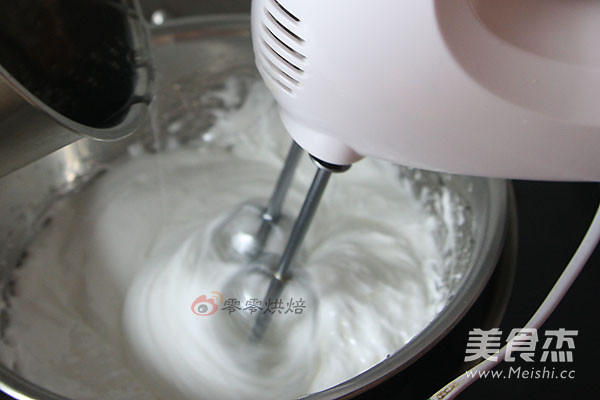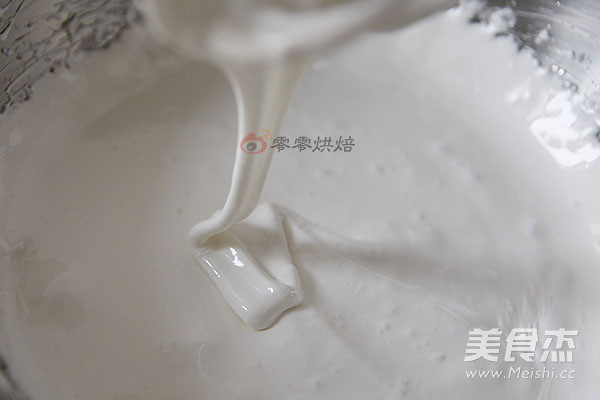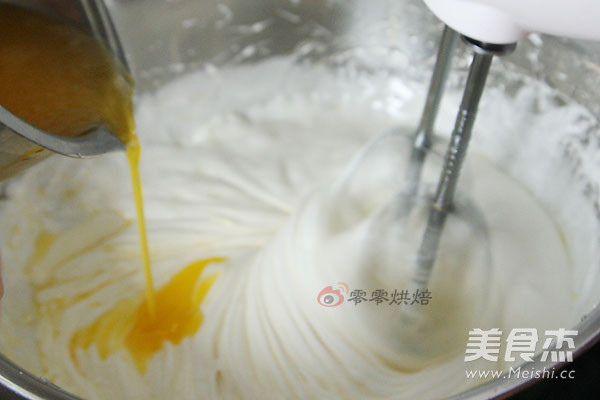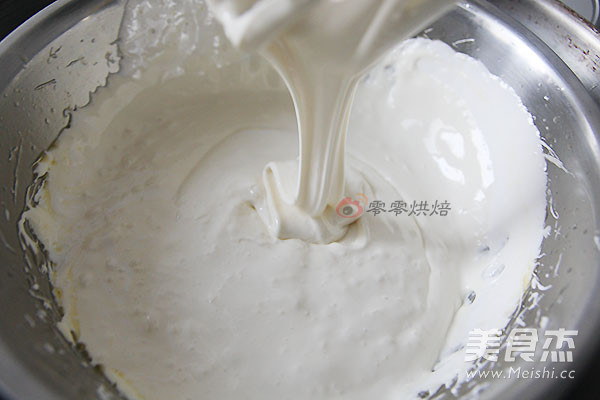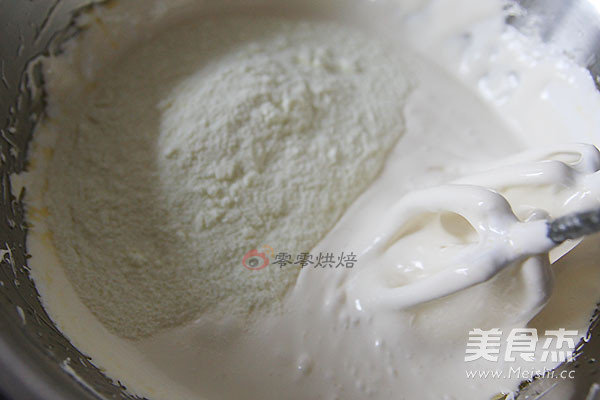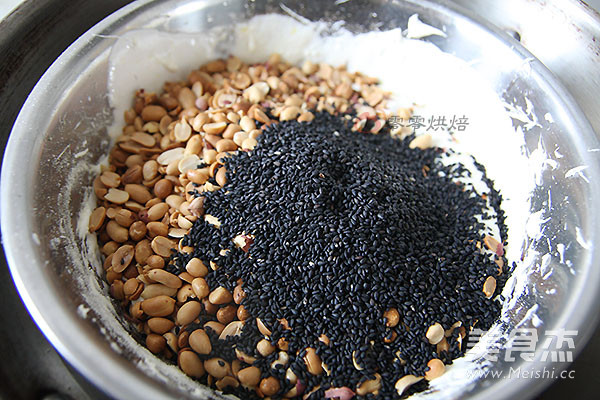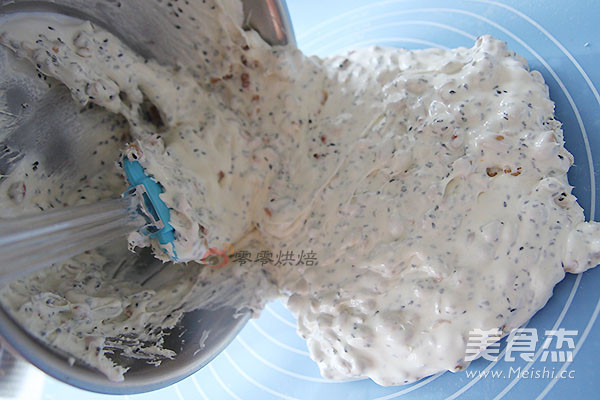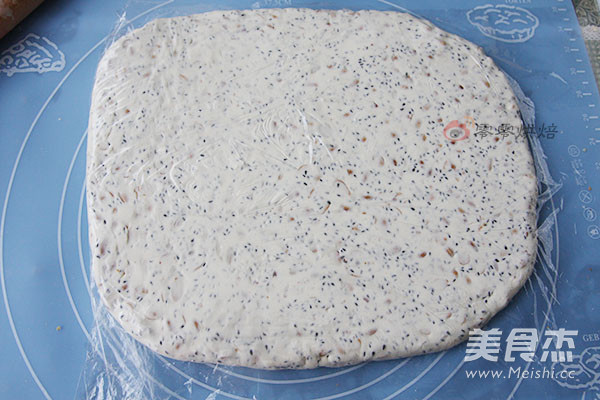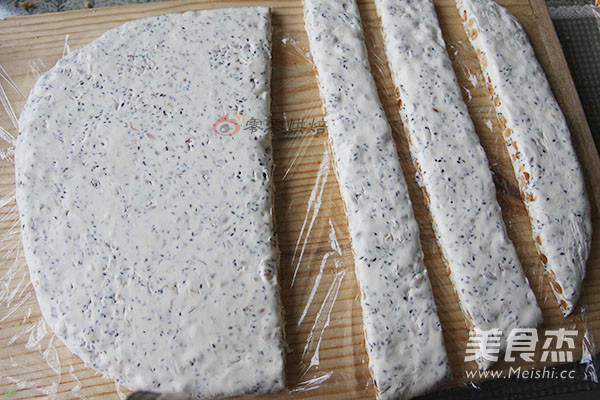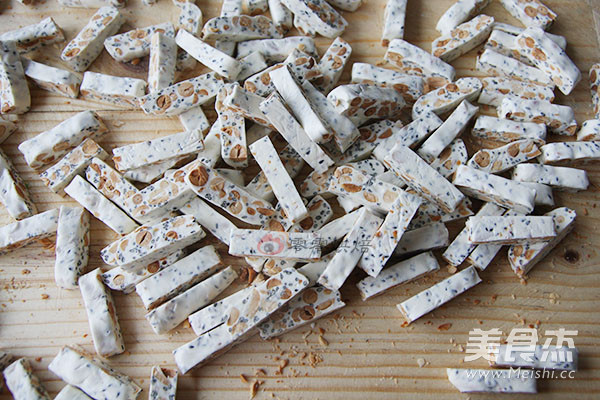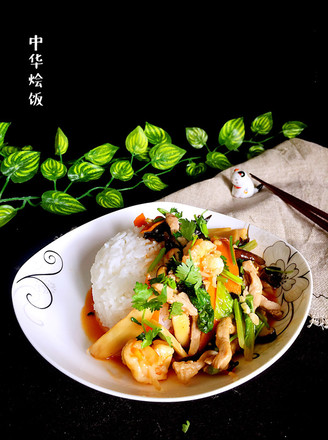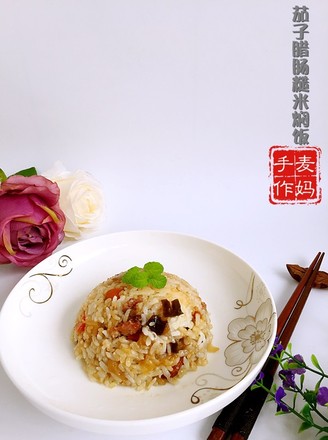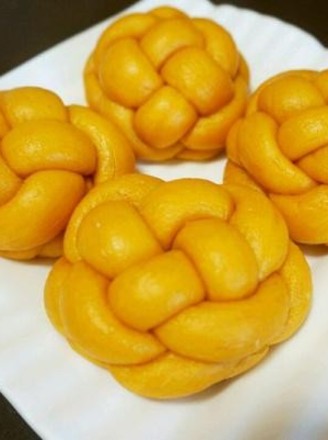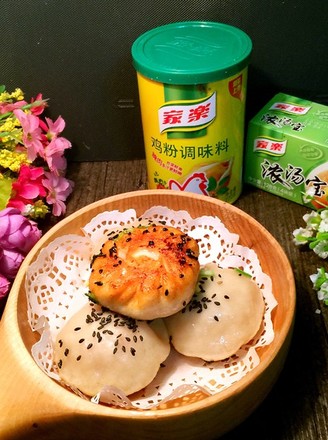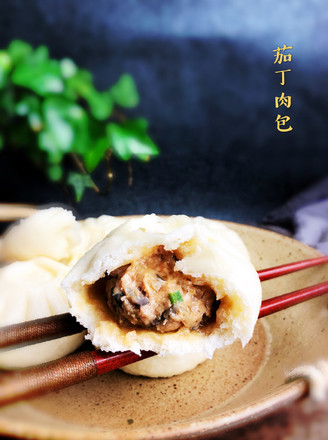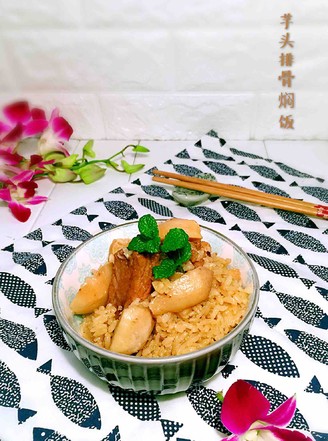Sesame Peanut Nougat
1.
The main materials are shown in the figure, and the three bottles are water syrup. Wash the raw peanuts in advance and dry them, then put them in the middle of the oven and roast them at 180 degrees for 15-20 minutes. The time will vary according to the dryness and wetness of the peanuts. If it is not very dry, the time will be longer. Generally, roast until the outer red skin becomes darker and the peanut kernels turn yellow.
2.
After roasting the peanuts, take them out and let cool, then rub off the red skin on the outside, leaving the ripe peanut kernels for later use. Weigh the cooked peanuts and put them in the baking tray and send them to the middle of the oven. Bake at 100°C for 6 minutes. After roasting, put them in the oven to keep warm for later use, without removing them.
3.
Add 400 grams of water syrup, 200 grams of sugar, and 60 grams of water to a thick-bottomed milk pan. Cook slowly over medium and low heat (generally at least 20 minutes on low heat)
4.
Whilst the sugar is boiled, beat the egg whites. Put the egg whites into an oil-free and water-free egg beater. Add 30 grams of fine sugar to beat until moist foaming. Just lift the egg beater head with a curved corner as shown in the figure (egg beater) It should not be too small, all the ingredients for making sugar will be put in, including peanut kernels)
5.
Prepare the other ingredients, put milk powder and salt in a bowl, melt the butter in water, and weigh the cooked sesame seeds in the bowl. In addition, pour water into the wok, open the lid and set aside (the amount of water depends on the size of the egg-beating basin, and the egg-beating basin can be put in the wok and heated by insulated water) (if the room temperature is high, the wok is not necessary) Release hot water)
6.
Let's take a look at the state of the sugar. Use the written test temperature juice to test the temperature (this is a must). The 130-degree sugar is already a bit thick. Hold on for a while
7.
Turn off the heat when it reaches 140 degrees. Hold the thermometer with your hand to measure, don’t touch the bottom of the pot. If the tip of the pen touches the bottom of the pot, the temperature will be higher and not the actual temperature. (If you like the sugar to be softer, 138 degrees is fine, not more than 140 degrees)
8.
Then put the beaten meringue bowl into the hot water wok to warm up, hold the whisk in your right hand and the boiled sugar in your left hand, turn the whisk to the highest speed, and then slowly pour the syrup into the meringue in. (Pour the syrup slowly. Pour too much at a time and the egg whites will be cooked off. Do not pour it on the top of the egg beater, otherwise it will increase resistance. Pour it at the place where the egg white swells up from the beater. Ok)
9.
The syrup after being beaten is very shiny and thick (if it is 138-140 degrees syrup, the consistency will be lower)
10.
Then pour in the melted butter, or you can pour it and beat it
11.
Look at the state of the sugar (the operation with low-temperature insulation water is easy to operate, otherwise the sugar will solidify easily)
12.
Pour in the milk powder and salt, and continue to stir evenly. The resistance of the electric whisk may be greater. If the resistance is really large, it is recommended to use a rubber spatula to mix well, otherwise it will easily burn out the electric whisk
13.
Take out the peanut kernels from the oven and pour into the pot, pour the cooked sesame seeds
14.
Mix well with a spatula and pour it onto the silicone pad
15.
After the surface has cooled slightly, roll it to an appropriate thickness with a rolling pin, and then cover with plastic wrap. (If you roll it cool for a while, it will basically not stick. When you roll it out, you should use it evenly, and roll it slowly. It will stick if you use it hard)
16.
Turn it over, the plastic wrap side is facing down, tear off the silicone pad, and scrape it with a scraper if it is sticky
17.
Then use a rolling pin to flatten the surface, pull it onto the cutting board, and cut into suitable strips to dissipate heat (you can also cut it after cooling, and it will be harder if it is cut after cooling)
18.
Cut it into the size of sugar, then wrap it with glutinous rice paper and sugar paper, and keep it sealed.
Tips:
It should be noted that I have written at the end of each step, here it is said that if the knife is a bit sticky when cutting the sugar, wipe it with a wet cloth and cut it better. After the sugar is ready, keep it tightly sealed, otherwise it will get damp.


